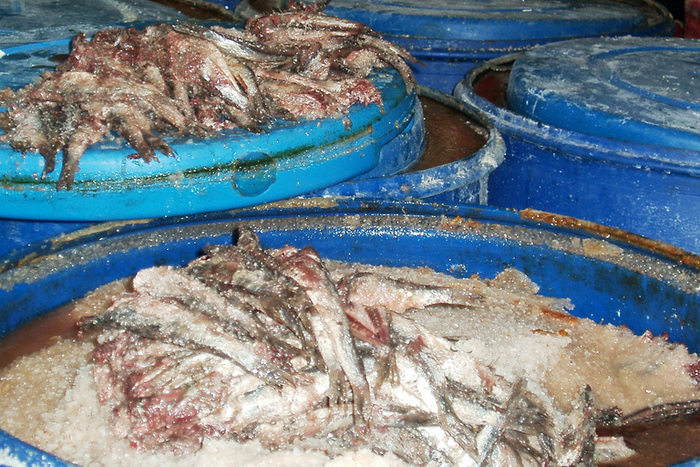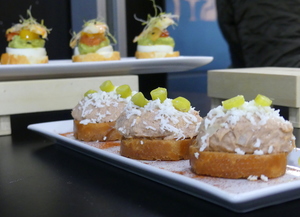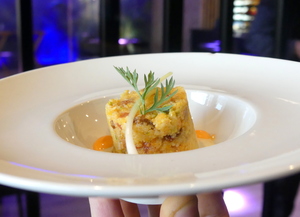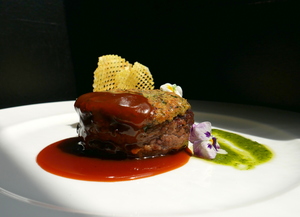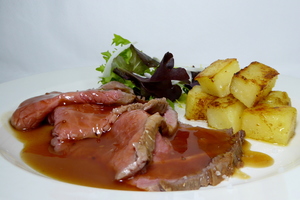Salted anchovy
Brined anchovies
They are covered in brine, which is a solution of water and salt, with a 10 to 22% of salt in water. They are packaged in glass jars and they are cleaned and prepared when needed.
Cured anchovies
They are cleaned removing the head and guts. Then, they are separated by size and placed in plastic tanks forming layers of salt and anchovies until the tank is full and the last layer is salt.
They stay that way for 3 months, although this curing process usually lasts from 6 to 8 months.
They lose water and fat in these months, acquiring salt and its characteristic colour, smell and taste. Temperature must be controlled through this process and it must be kept low so the meat does not spoil. They are said to be in “lethargy”. The salt amount is also important because the more salt they have, the worse their preservation will be.
-
Type of dish
- Beers
- Cocktails
- Breakfasts and brunch
- Burguers
- Juices, milkshakes and beverages
- Shellfish
- Bread and pastries
- Pizzas, patty
- Dessert
- Pasta
- Sándwich
- Pastries
- Finger foods
- Ice creams and sorbets
- Legumes
- Salads
- Eggs
- Patty
- liqueur
- Harvard plate
- Main course
- Meats
- Fish
- Birds
- Vegetables
- Soups and creams
- Rices
- Coffee, chocolate and infusion
- Cheeses
- Appetizers and canapes
- Temperature
- Cuisine type
- Additional culinary preparation
- Conservation technique
- Seasonal recipes
-
- Aromatic herbs
- Beverages
- Big game hunt
- Bread and pastries
- Canned goods and pickles
- Cereals
- Condiments, spices and additives
- Cooked, salted, preserved and cold meats
- Dried fruits and nuts
- Dry pulses
- Edible oils and vinegars
- Eggs and derivatives
- Feathered game hunt
- Fish cuts
- Fishes
- Insects
- Kitchen and bakery tecniques
- Kitchen and bakery utensils
- Meat cuts
- Meats
- Milk, cream and derivatives
- Mushrooms
- Offal
- Pasta, rice, flour and derivatives
- Poultry
- Seafood
- Service techniques
- Service utensils
- Vegetables cuts
- Vegetables, fruits, tubers and seaweed

